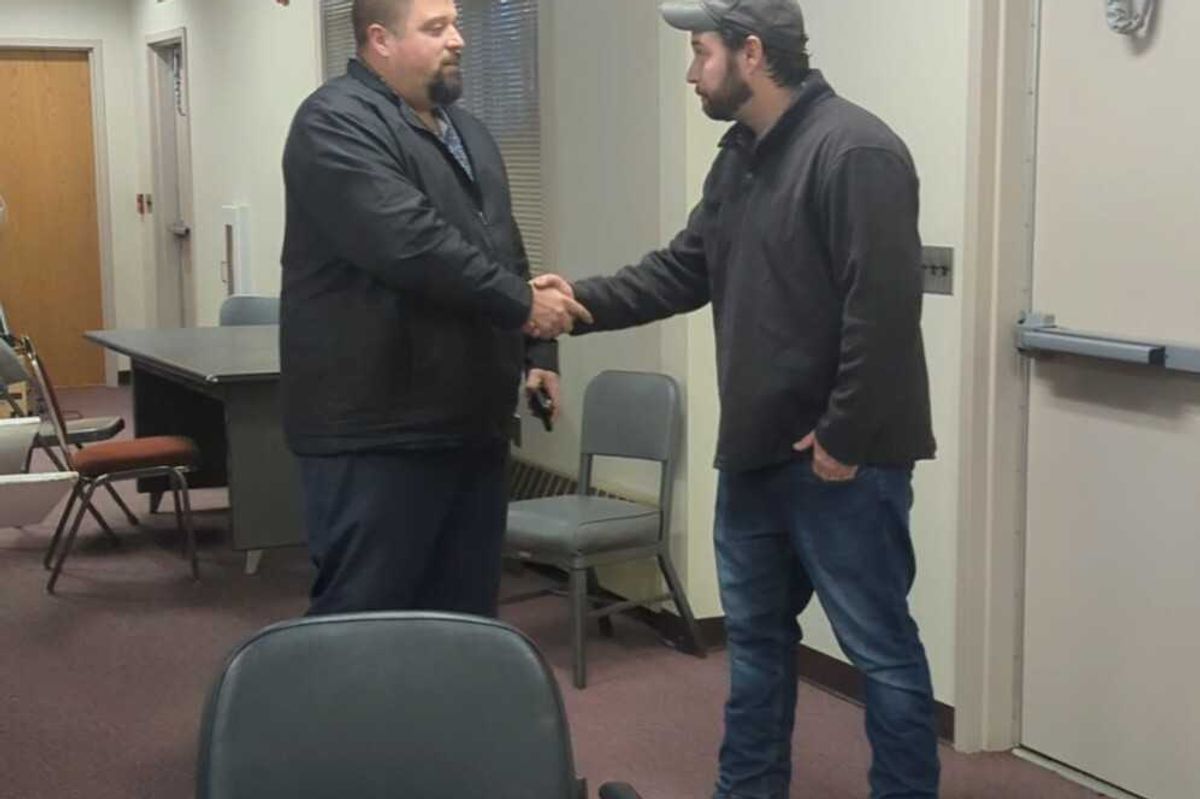On August 22, Connecticut’s Department of Energy and Environmental Protection held an online hearing, where the public could comment on the state’s proposed adoption of California’s regulations designed to speed the transition from cars and trucks powered by internal combustion engines to electric vehicles (EVs).
If Connecticut adopts these regulations, we will join Vermont, New York, Washington, Oregon, Rhode Island, New Jersey and Maryland who have adopted the ACCII (Advanced Clean Cars) rules, which gradually phase out the selling of new gas cars by 2035. If this sounds too ambitious, consider that GM has already announced that it will phase out selling internal combustion engine vehicles by 2035 and other car companies have set earlier target dates.
We heard some dubious statements made by those opposing adoption of the regulations and would like to clear a few things up:
We heard that all gas cars would be banned. But these regulations would apply only to the sale of new cars and only to manufacturers, not car dealers or car buyers.
We heard that the grid can’t take charging so many EVs. While we are going to have to modernize our electric distribution and transmission systems as we move away from burning fossil fuels to move cars and heat buildings, we can do this in a smart and efficient way. For example, we can (and already do) incentivize EV car and truck owners to charge mostly at night, when there is plenty of capacity to spare, rather than during the day when wires, transformers and substations sometimes reach their limits. It’s also worth noting that due to efficiency and behind the meter solar, electricity demand is forecast to increase by just 1.4% per year between 2022 and 2031. EV owners who have solar and storage can charge without impacting the grid at all. PURA has a series of grid modernization dockets that is looking at the bigger picture. The ACC II regulations are not happening in a vacuum.
We heard that EVs are too expensive. But after state and federal incentives are factored in, EVs are pretty much on a par with internal combustion engine vehicles. EVs are often less expensive than gasoline-powered vehicles if you look at lifetime costs of ownership. Even with no incentives there are several models below $35,000 and the EV revolution is just starting. More and cheaper models are on the way. Plus, there are many used EVs available and more are coming, too. A Chevy Bolt purchased in 2017 cost $42,000 (before incentives). That same car now starts under $27,000 according to Kelley Blue Book.
We heard that EVs rely on minerals controlled by China and that mining rare earth minerals causes environmental damage. But battery technology and the supply chain that supports it are still early in their development. New rare mineral deposits have been found in Chile, Australia, the United States and elsewhere. The search is also on for new battery designs that use easier to find and cheaper minerals. The batteries of 2035 will be different than the ones we have now. Some of these new chemistries are already coming online, such as LFP and LMFP batteries that use no nickel or cobalt. Even lithium-ion batteries are becoming increasingly efficient in their use of rare-earths. A larger point is that the cost to people and the environment by the oil industry’s exploitation of resources has been high, to say the least. Think of the many oil spills, air pollution, and reliance on repressive, often unstable regimes. We should not forget the Exxon Valdez, Deepwater Horizon, Venezuela, and Libya, to name just a few of the impacts of our reliance on oil.
We heard that EVs simply replace pollution from the tailpipe with pollution from the smokestack. But even when an EV runs on a grid powered by coal (e.g., Ohio) it is still less polluting than an internal combustion engine vehicle. More importantly as the electric grid goes green – so does every EV. An internal combustion engine vehicle pollutes forever.
We heard that Connecticut is the Constitution state and that these regulations violate our freedom to choose. But sensible regulations are part of our lives and we are healthier, safer and more prosperous because of them. Regulations govern the design of cars and trucks, how homes are built and where, how much pollution a manufacturing plant or truck can emit, and how sellers of stocks and bonds must protect investors. The transition to electric vehicles is inevitable in the long run because they are superior machines. It is not inevitable that this transition will take place fast enough. To blunt the disastrous effects of climate change, we need to accelerate the process, which the proposed regulations will do.
As the tobacco companies did decades ago and before that the lead companies, the fossil fuel industry is fighting tooth and nail to slow down the transition away from the products it sells.
Borrowing from the title of Ralph Nader’s once popular book, cars and trucks that burn gas or diesel are unsafe at any speed: Unsafe to our health, unsafe to our future prosperity, and unsafe to our climate. We need to transition as soon as possible to electric vehicles.
Peter Millman and Bernard Pelletier are part of People’s Action for Clean Energy, an organization working for energy efficiency, conservation, and clean renewable energy all across Connecticut.
The Journal occasionallywill offer articles from CTMirror.org, a source of nonprofitjournalism and a partner with The Lakeville Journal.





 U.S. Congresswoman Jahana Hayes (D-5) stands with State Rep. Maria Horn (D-64) at the groundbreaking for Norfolk's future firehouse.Photo by Jennifer Almquist
U.S. Congresswoman Jahana Hayes (D-5) stands with State Rep. Maria Horn (D-64) at the groundbreaking for Norfolk's future firehouse.Photo by Jennifer Almquist





Gas powered vehicles: Unsafe at any speed